How to Use Public Transport – A Beginner’s Guide
Step By Step Guide on How to Use Public Transport
📍 How to Find Your Stop or Station
📍 Look for Signs – Bus stops have poles with route signs, while metro stations have recognizable symbols and entrances.
📱 Use a Transport App – Apps like Google Maps, Apple Maps, or city transit apps can show nearby stops.
🗣️ Ask for Directions – Locals or transport staff can help if you’re unsure.
🏛️ Landmarks Help – Stops are often near major landmarks, squares, or shopping centers.
📍 Find Nearby Stops🎫 How to Buy a Ticket
Most public transport systems require a valid ticket before boarding. The type of ticket and where you can buy it depends on the city you’re in. Some cities use paper tickets, others rely on contactless smart cards or mobile apps.
🔷 Payment Methods
🪪 Contactless Cards & Transit Cards: Tap-and-go smart cards (e.g., London’s Oyster Card, NYC’s MetroCard).
💰 Cash Payments: Some systems accept cash, but exact change may be needed.
📱 Mobile Payments: Google Pay, Apple Pay, or transit-specific apps.
🔷 Where to Buy a Ticket
🧾 Ticket Machines: Found at metro stations, bus stops, and tram platforms.
🛒 Convenience Stores & Kiosks: Many cities sell tickets at shops near stops.
📲 Mobile Apps: Some transport networks allow mobile tickets via apps.
🚌 Onboard Purchase: Some buses/trams allow ticket purchases from the driver (exact fare may be required).
📱 How to Plan Your Route Using an App
Modern public transport apps make it easy to find the best route, check schedules, and avoid delays. Whether you’re using a bus, metro, or tram, these apps can help you plan your journey efficiently.
🔷 Best Apps for Public Transport
🌍 Google Maps: Offers step-by-step navigation, real-time transit schedules, and alternative routes.
🍏 Apple Maps: Great for iPhone users, includes live transit updates in supported cities.
🚍 Local Transport Apps: Many cities have dedicated apps that provide the most accurate real-time data.
🚖 Ride-Sharing & Multi-Transport Apps: Apps like Moovit and Citymapper combine multiple transport modes.
🔷 How to Use a Public Transport App
1️⃣ Enter Your Destination – Type the address or place name.
2️⃣ Choose a Public Transport Option – The app will show available routes, including buses, trams, and metros.
3️⃣ Check Departure Times – See live schedules and plan when to leave.
4️⃣ Follow Step-by-Step Directions – The app will guide you with walking directions to and from stations.
5️⃣ Monitor Live Updates – Some apps provide real-time arrival info and notify you of delays.
⏰ Why Checking the Schedule Matters
Public transport runs on a schedule, but not all services operate at the same frequency. Some buses and trains arrive every few minutes, while others may run only once an hour. Checking the schedule in advance helps you avoid long waits and missed connections.
🔷 Where to Check Public Transport Schedules
📱 Mobile Apps & Websites: Use Google Maps, Apple Maps, or city-specific transport apps for real-time schedules.
🚌 Bus Stop & Station Timetables: Many bus stops and metro stations display printed or digital timetables.
📢 Live Announcements: In some stations, announcements provide updates on delays and upcoming departures.
🌆 Peak & Off-Peak Hours: Transit services often run more frequently during rush hours and less frequently late at night.
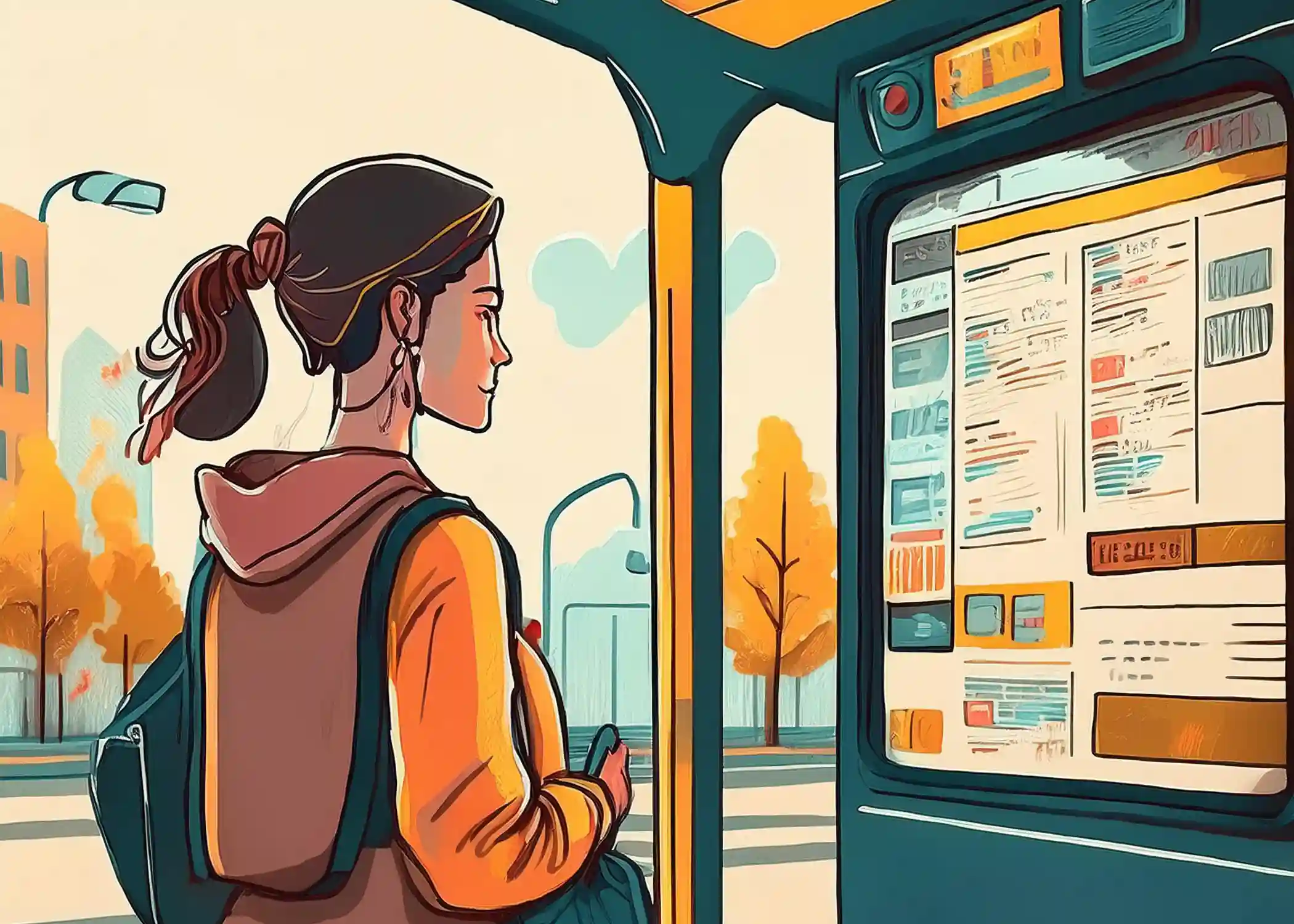
🚋 How to Board Public Transport Properly
Each transport system has its own boarding rules, but there are general guidelines to follow when getting on a bus, tram, or train.
1️⃣ Wait in the Correct Area – Stand at the designated bus stop, tram station, or platform. Look for signs or markings on the ground that indicate where to queue.
2️⃣ Check the Route Number & Destination – Before boarding, confirm that the bus or train is going to your destination.
3️⃣ Let Passengers Exit First – Always allow people to exit before getting on, especially on trains and buses.
4️⃣ Validate Your Ticket or Tap Your Card – Depending on the city, you may need to:
- Scan a QR code or tap your card on a contactless payment reader.
- Insert a paper ticket into a validation machine.
- Show your ticket to the driver (for some buses).
5️⃣ Board Quickly & Move Inside – Avoid blocking doors. If the transport is crowded, move toward the back of the bus or the center of the train car.

✋ Finding a Seat or Holding On Safely
Once you’ve boarded, it’s important to position yourself properly—either by taking a seat or holding onto a handrail. Public transport can be crowded, so knowing the right etiquette will make your ride smoother.
🔷 Where to Sit & Stand on Public Transport
1️⃣ Check for Available Seats – If a seat is open, sit down quickly to avoid blocking the aisle.
2️⃣ Priority Seating Rules – Seats at the front of buses and trains are usually reserved for seniors, disabled passengers, or pregnant women.
3️⃣ If Standing, Hold On Firmly – If no seats are available:
- Use handrails, poles, or overhead straps to keep balance.
- Avoid standing near doors unless you’re exiting soon.
4️⃣ Be Mindful of Other Passengers – Keep bags close and avoid blocking aisles.
5️⃣ Prepare to Move Before Your Stop – If you’re seated, stand up and move toward the exit one stop early to avoid delays.
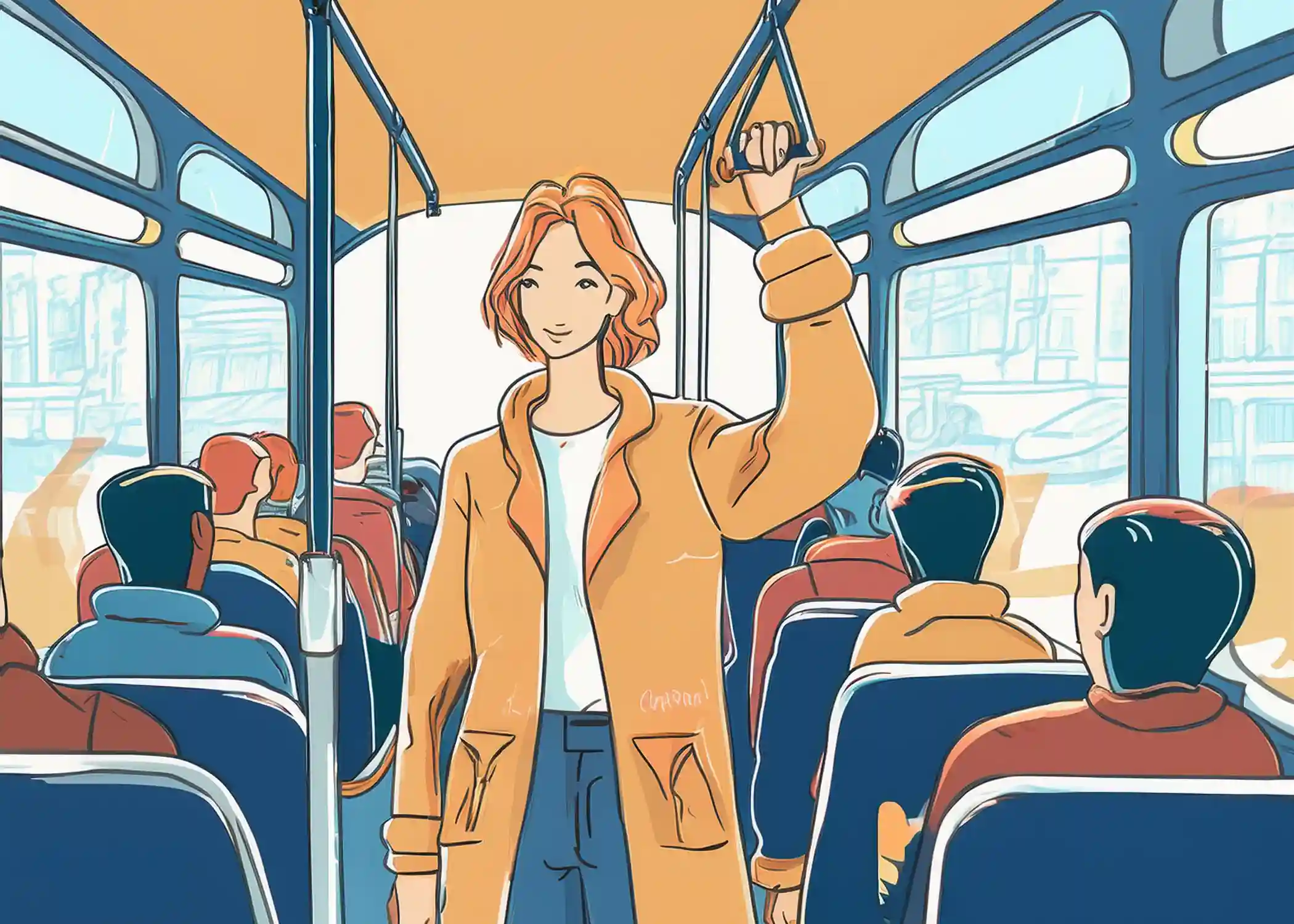
🧍♂️ Exiting at the Right Stop
Getting off at the right stop is just as important as boarding properly. Whether you’re using a bus, tram, or metro, knowing when to exit will help you avoid getting lost.
🔷 How to Exit Public Transport Smoothly
1️⃣ Track Your Location – Follow your journey in Google Maps, Apple Maps, or a transit app to know when to get off.
2️⃣ Listen for Announcements – Many buses, trains, and trams announce upcoming stops over speakers or on display screens.
3️⃣ Press the Stop Button (for Buses & Trams) – If required, press the “STOP” button to signal the driver.
4️⃣ Move Toward the Exit in Advance – A few moments before arrival:
- If standing, position yourself near the exit doors.
- If seated, stand up one stop early to avoid rushing.
5️⃣ Exit Quickly but Safely – Step off promptly, but don’t rush. If using a metro, wait for the doors to fully open before stepping off.
6️⃣ Check for Belongings – Before exiting, double-check that you have your phone, wallet, and bags.

Understanding Different Public Transport Modes
Public transport comes in many forms, each designed for different travel needs. Some are great for short city trips, while others are ideal for long-distance travel. Here’s an overview of the main transport types and when to use them.
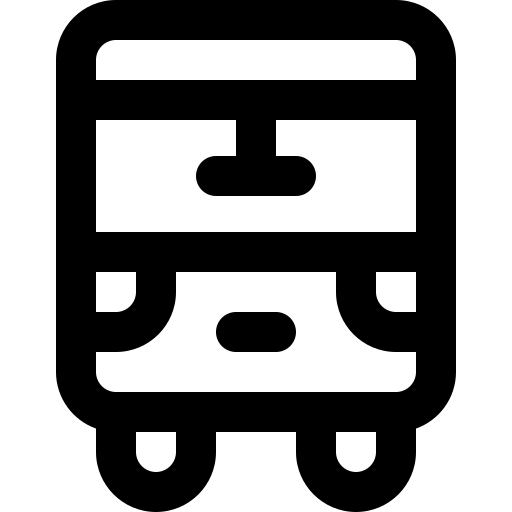
Buses
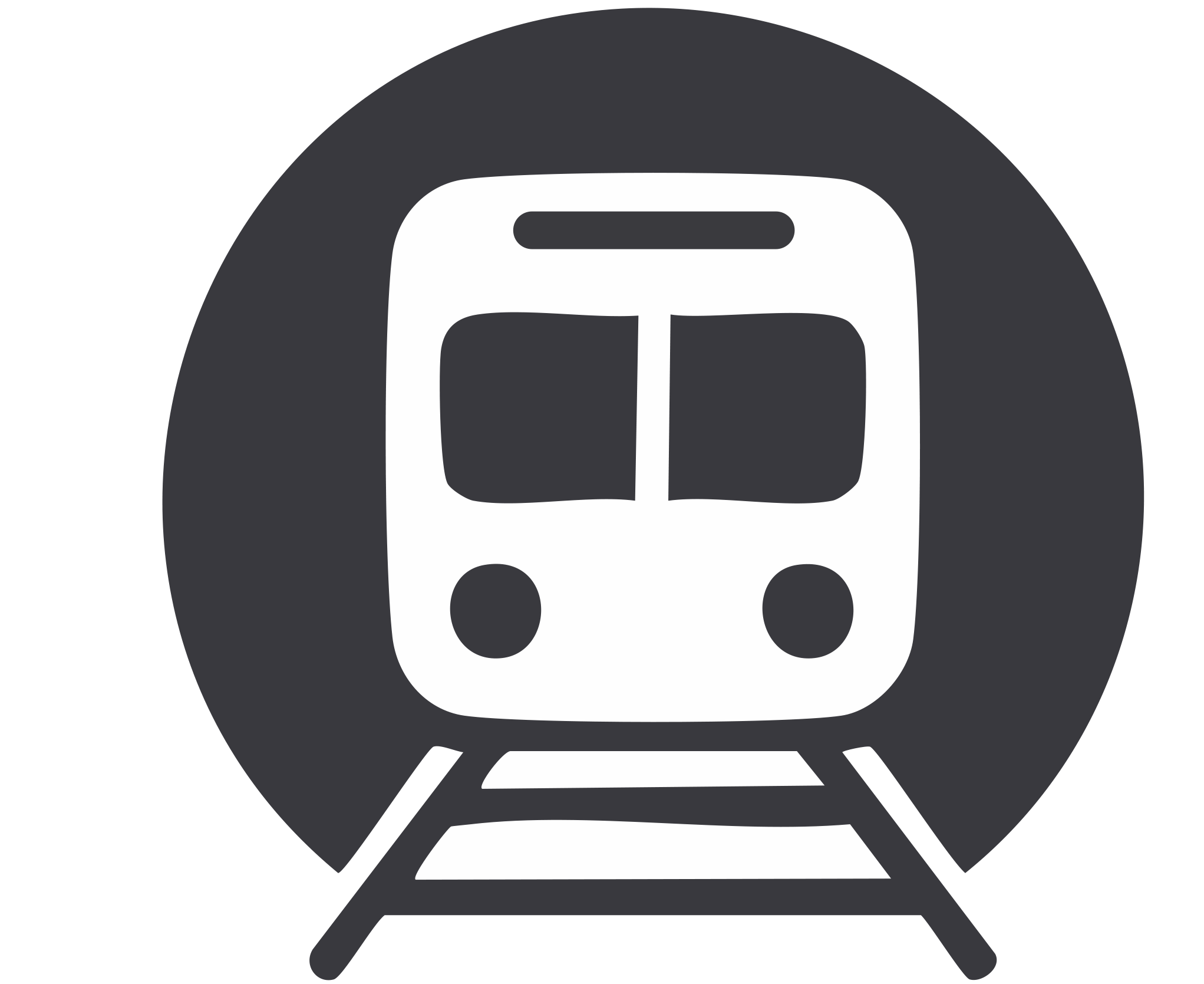
Trains
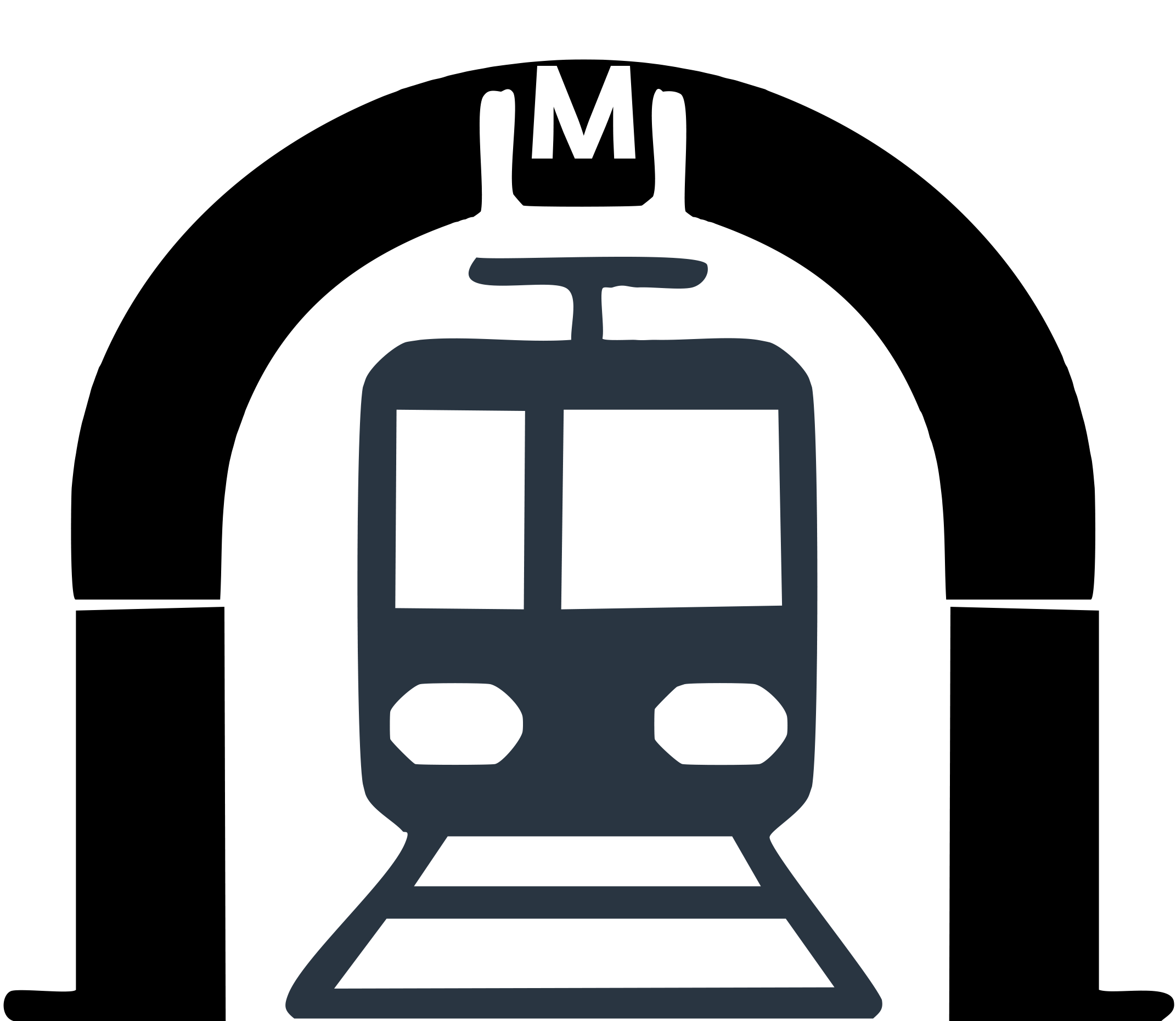
Metro / Subway
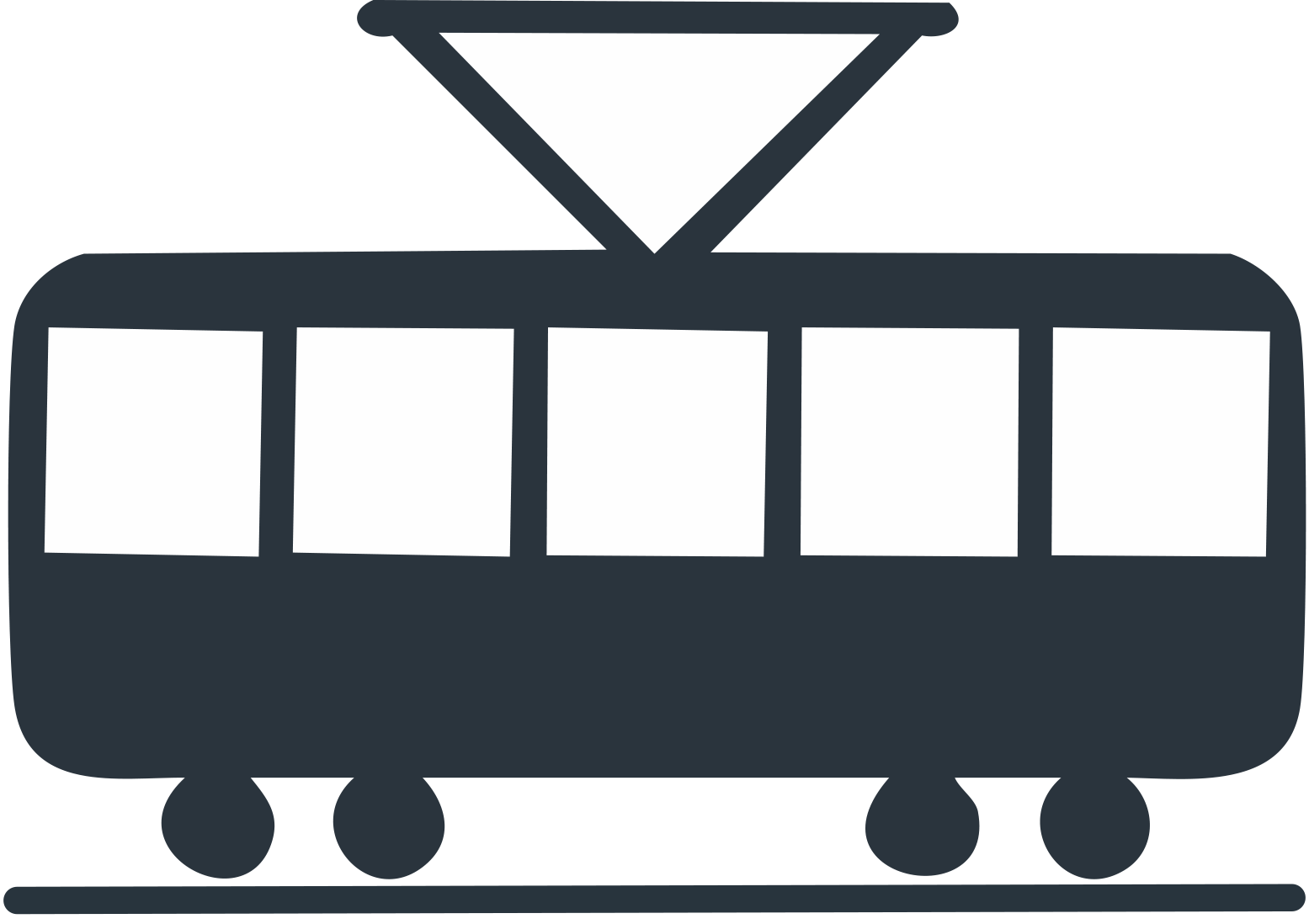
Trams

Ferries
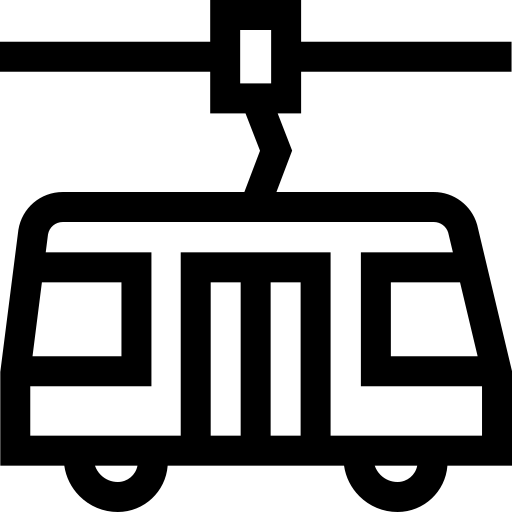
Cable Cars / Funiculars
Public Transport Etiquette: The Basics 🚌📏🤝
Public transport is a shared space, and following basic etiquette helps ensure a smooth journey for everyone. Here are the key rules to follow when using buses, trains, metros, and trams around the world.
Let People Exit First 🧍🏽
Wait for passengers to exit before boarding. This makes room and speeds up the process for everyone.
Keep Noise Levels Low🎧
Use headphones and keep calls short and quiet. Respect the peace of others during the journey.
Offer Priority Seats 🪑
Give up your seat to seniors, people with disabilities, or pregnant passengers if needed.
Have Your Ticket Ready 🎫
Prepare your ticket or transit pass before boarding to avoid delays.
Keep Aisles Clear 🧳
Store bags on your lap or under your seat to keep walkways open.
Avoid Eating Strong-Smelling Food 🍔🚫
Smells travel fast in confined spaces—eat before or after your ride if possible.
Be Courteous to Others 😊
A simple smile or thank you can improve the experience for everyone.
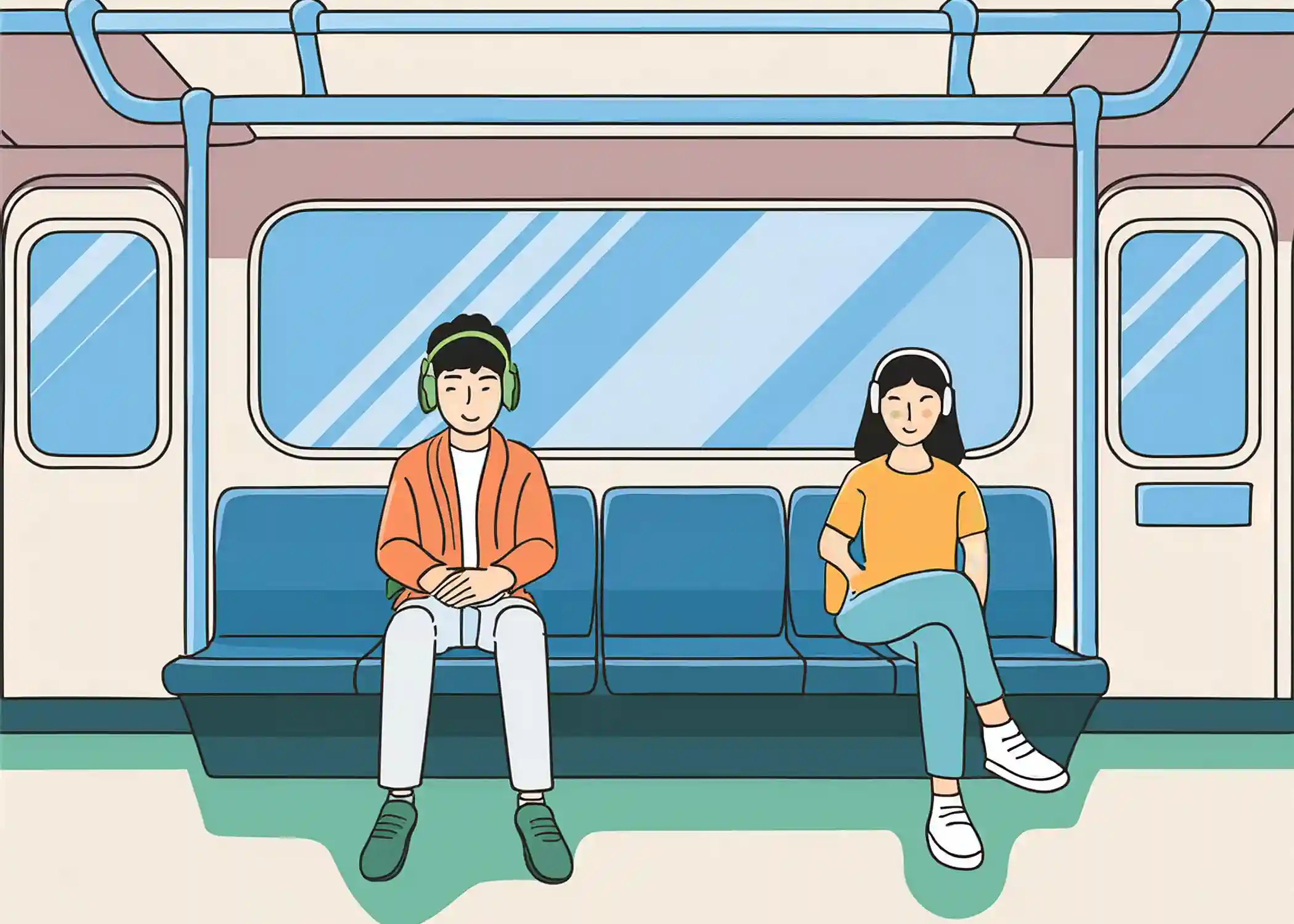
📌 Want a complete guide to transport etiquette?
Read Here!How to Read Public Transport Maps & Signs 🗺️
✅ Metro & Train Lines 🚇
Each color represents a different metro or train line (e.g., Red Line, Green Line).
Stations are marked as dots or circles, with transfer stations appearing larger.
Some maps show express and local trains using different thicknesses.
✅ Bus & Tram Routes 🚌
Buses are usually labeled with route numbers or letters (e.g., Bus 42, Tram B).
Arrows indicate direction, and some cities have different colors for major bus routes.
✅ Understanding Transit Symbols 🛑
🔄 Transfer Stations: Larger circles where multiple lines intersect.
🛑 Stops & Stations: Small dots mark where passengers can board or exit.
⏳ Limited vs. Frequent Service: Dashed lines show limited service routes.
📍 “You Are Here” Markers: Often a red dot or arrow on station maps.
💡 Pro Tip: If you’re unsure of a route, check for a station map near ticket machines or inside the train.
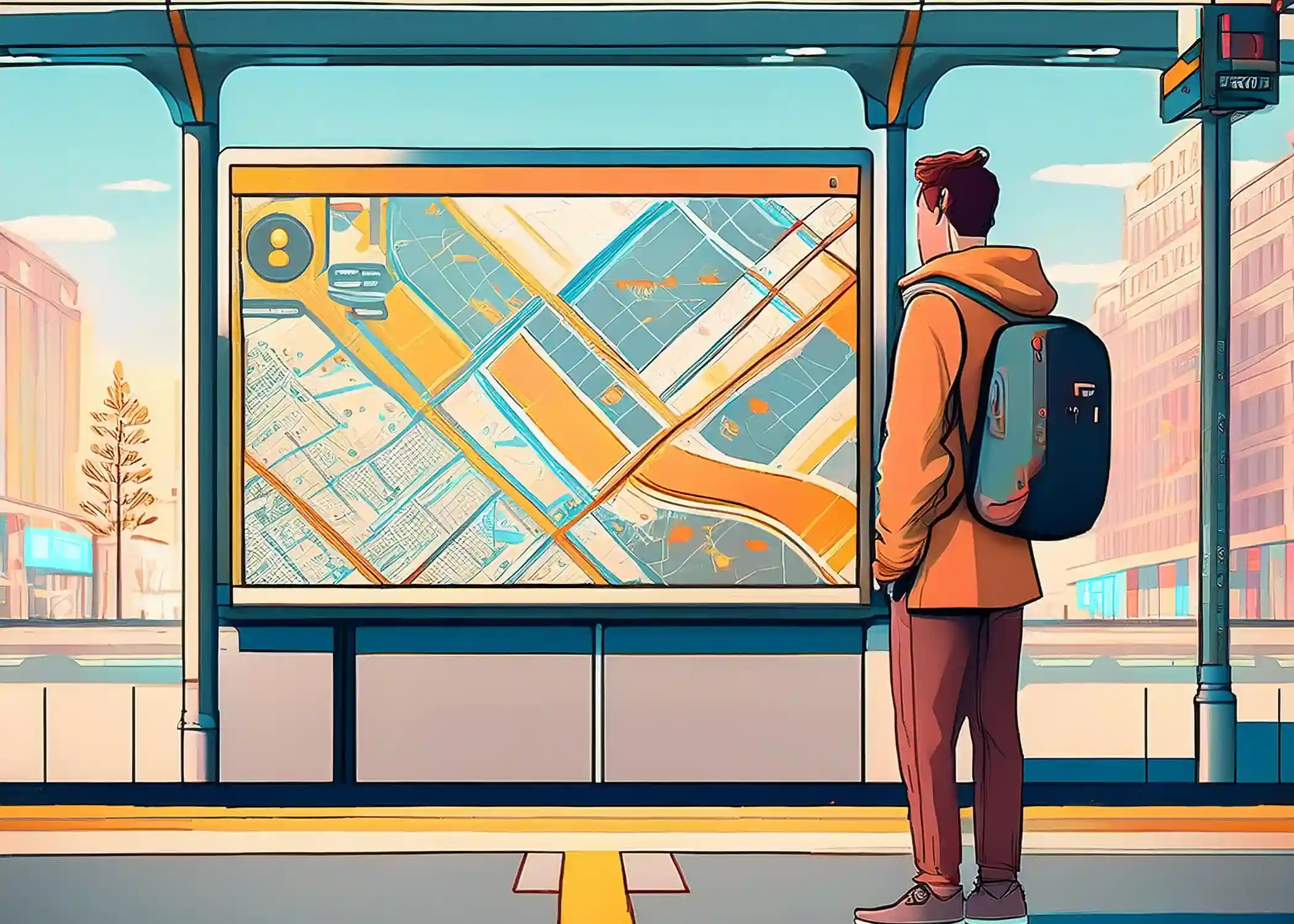
Types of Public Transport Tickets
- Includes Single-Ride Tickets, Day & Multi-Day Passes
- Best for occasional travelers & tourists
- Some allow transfers within a time limit
- Monthly or yearly passes for frequent riders
- Often cheaper than buying single tickets
- Ideal for daily commuters
- Tap-and-go cards used in many cities
- Can be loaded with credit or passes
- Useful for flexible, regular travel
- Purchased via mobile apps
- Displayed as QR codes or text tickets
- Great for spontaneous travel
📍 Where to Buy Tickets?
🧾 Ticket Machines – Found at metro stations, tram stops, and bus terminals.
🛍️ Convenience Stores & Kiosks – Some cities sell tickets at newsstands & small shops.
📱 Mobile Apps – Purchase and store digital tickets on your phone.
🚌 Onboard Purchase – Some buses/trams allow cash or card payments onboard (exact fare may be required).
💳 How Public Transport Fares Work
🚍 Fixed Fare System – Same price for every ride, regardless of distance.
🗺️ Zone-Based Fares – Price based on how many zones you travel through.
⏱️ Time-Based Fares – Unlimited rides within a set time (e.g., 90 minutes).
📏 Distance-Based Fares – Price depends on number of stops or kilometers traveled.
📍 Want to check prices in a specific city? Visit the City Guides section!
General Safety Tips for All Public Transport
➕ Keep Valuables Secure 🔐
- Keep phones and wallets out of sight in crowded areas.
- Use zipped bags worn in front of your body when standing.
➕ Stay Aware of Your Surroundings 👀
- Avoid distractions like loud music or deep phone use.
- Watch for people acting suspicious or following closely.
➕ Use Well-Lit & Crowded Areas 🏙️
- Wait near other people when using stops at night.
- Stick to main platforms with clear lighting.
➕ Avoid Falling for Scams 🚫
- Ignore people demanding extra fees or fake inspections.
- Check with staff before showing tickets or ID.
➕ Know Emergency Procedures 🚨
- Look for help buttons, exit signs, and contact points.
- Follow local instructions if alarms or warnings occur.

Specific Safety Tips by Transport Type
- Sit closer to the driver if traveling alone at night.
- Be aware of bag snatchers near the doors.
- Stand behind the yellow line on platforms.
- If a train feels unsafe, move to a busier carriage.
- Avoid empty train cars late at night—stay where other passengers are.
Accessibility & Special Considerations 🧑🦽👶
Public transport should be accessible to everyone. Whether you’re traveling with a stroller, using a wheelchair, or carrying luggage, here’s what you need to know to make your journey smooth and hassle-free.
🧑🦽 Wheelchair-Friendly Transit
Many buses and trains have ramps & priority spaces. Look for wheelchair symbols on transport maps. Some cities offer low-floor buses for easier boarding.
🍼 Family & Stroller Access
Stroller policies vary—some metros allow unfolded strollers, others require folding. Look for family-friendly areas on trains for more space.
🦻 Hearing & Visual Assistance
Many metros have Braille signs and audio announcements. Some apps provide real-time accessibility updates for visually impaired passengers.
🧳 Luggage & Bikes on Transit
Most systems allow carry-on luggage. Airport transfers may offer dedicated racks. Bicycles are sometimes restricted during peak hours.